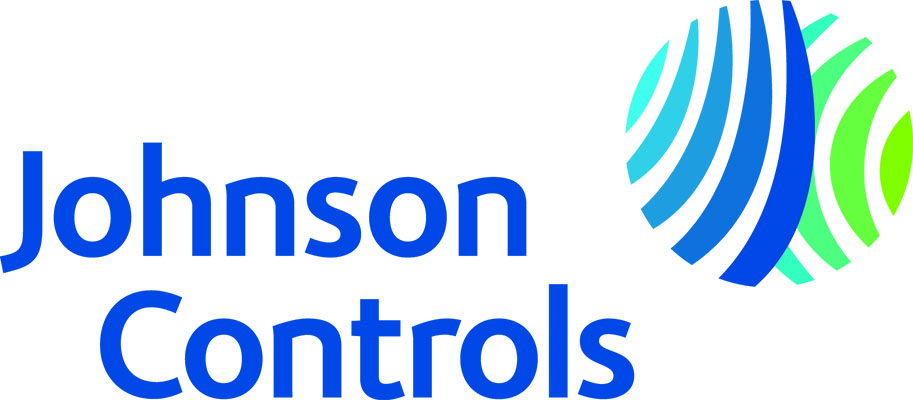By Donna Laquidara-Carr, Industry Insights Research Director

With the impacts of climate change becoming more apparent in our everyday lives and having an increased impact on the built environment, the drive for green and resilient building has never been stronger in the U.S. While energy conservation continues to be a top approach to building green and use of renewable energy sources are a well-known strategy, in the past decade several new approaches to building green offer potential to improve the performance of the built environment. A new study published by Dodge Data & Analytics, in partnership with Carrier, Autodesk, the American Institute of Architects and the U.S. Green Building Council, reveals which of these strategies are gaining a foothold in the U.S. market and which are going to be more widely used in the future. The data also show how the U.S. compares with adoption of these strategies across the globe. Understanding the green building trends that will take hold in the near future in the U.S. can help companies plan for what to expect as projects continue to become greener.
In the study, the respondents were asked to select the top three approaches to improving the sustainability of the design and construction industry in the next five years from a list of 10 possible options. Over half (54%) of U.S. respondents selected the creation of net-zero/net positive buildings in their top three, more than the global average for this factor. Nearly as many (50%) also believe that this approach is likely to be used on at least some of their projects in the next five years, which reveals that many consider this high level of performance attainable with the green practices currently in use in the U.S. design and construction market. In previous green building studies, the U.S. has always placed a particular emphasis on reducing energy consumption as the goal of green building, and this focus clearly is sustained in their desire to produce net zero or even net positive buildings. With limited government mandates for green in the U.S., this is also a strategy that provides building owners with financial incentives to invest more in building green.
That focus on reducing energy use is also apparent in the share who consider passive building design a top approach for building green in the U.S. Over one third (35%) have embraced this strategy, and one of the other top approaches to green building that is ranked as one of the most important by 35% of the respondents and 37% expect to deploy it in the next 5 years on some of their projects.
The designers and contractors who responded to the survey in the U.S. also place a high degree of importance on strategies to increase resilience. As the U.S. has been buffeted by fires and extreme weather events in the last few years, it is little surprise that many consider this an important building strategy. However, with nearly half (49%) who believe that they will be creating more resilient buildings in the next five years, research providing a more thorough understanding of the strategies for reliance and the challenges to making buildings more resilient is clearly needed for the U.S. construction market to help all industries in the construction sector better align their businesses to this growing demand.
Another top area of interest in the U.S. is controlling embodied carbon on projects. This has the potential to affect the entire supply chain, as it may shift the priorities for how architects and contractors select building products and systems with the desire to meet this goal. It can also spur the development of new products and systems that offer a lower carbon footprint.
Finally, it is worth noting that the U.S. market lags in terms of engagement with one strategy for green building in particular: the use of design for disassembly and recovery. This strategy, which considers the usefulness of building components beyond the building’s own lifecycle, is expected to be used more widely in most of the markets included in the World Green Building Trends study, but only 19% expect to use it in the next five years here in the U.S.
It is clear from these findings that the U.S. designers, contractors and building owners are still seeking to be leaders in the goal of reducing energy consumption in the next five years, and that many are also considering how their projects will perform in an already changing climate and how to reduce carbon impacts in the future.

